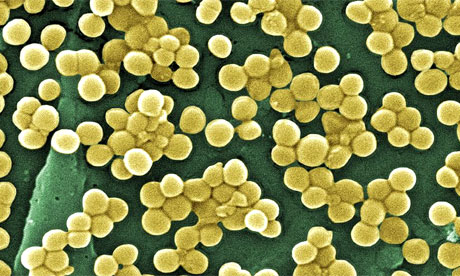Original Article: Research
Methicillin-Resistant Staphylococcal Contamination of Clothing Worn by Personnel in a Veterinary Teaching Hospital
Article first published online: 10 MAY 2013
DOI: 10.1111/j.1532-950X.2013.12024.x
© Copyright 2013 by The American College of Veterinary Surgeons
Issue

Veterinary Surgery
Additional Information(Show All)
Abstract
Objective
To determine the methicillin-resistant Staphylococcus aureus (MRSA) and methicillin-resistant Staphylococcus pseudintermedius (MRSP) contamination rate of white coats (WC) and surgical scrubs (SS) worn by personnel at the Ontario Veterinary College Health Sciences Centre (OVCHSC) and to identify risk factors associated with clothing contamination.
Study Design
Cross-sectional study.
Sample Population
Personnel including clinical faculty, house officers, technicians, and veterinary students working at the OVCHSC.
Methods
Electrostatic cloths were used to sample WC and SS of hospital personnel. Samples were tested for MRSA and MRSP and isolates were typed. Participants completed a self-administered questionnaire and data was evaluated for risk factors.
Results
Of 114 specimens, MRS were isolated from 20 (17.5%), MRSA from 4 (3.5%), and MRSP from 16 (14.0%). Technicians were 9.5× (OR = 0.95, 95% CI: 1.2–∞, P = .03) more likely than students to have clothing contaminated with MRSA. No risk factors were identified for MRSP or for overall MRS contamination.
Conclusions
Standard hospital clothing was found to have a high prevalence of MRS contamination in a veterinary teaching hospital and could be a source of hospital-acquired infections.


No comments:
Post a Comment